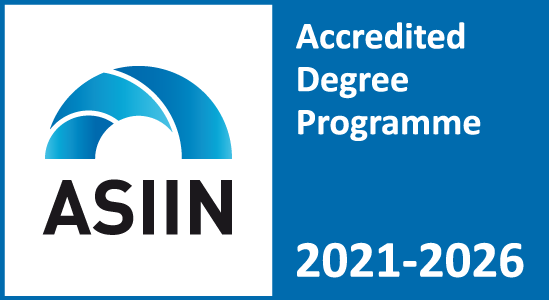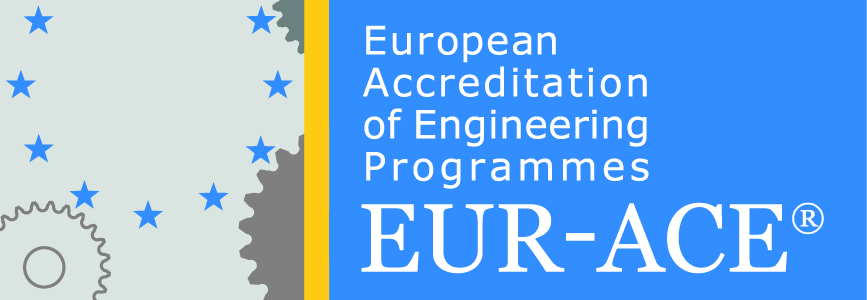| 1. Course Title | Personal, ad-hoc and IoT networks | |||||||
| 2. Code | 4ФЕИТ10З021 | |||||||
| 3. Study program | ТКИИ | |||||||
| 4. Organizer of the study program (unit, institute, department) | Faculty of Electrical Engineering and Information Technologies | |||||||
| 5. Degree (first, second, third cycle) | First cycle | |||||||
| 6. Academic year/semester | IV/7 | 7. Number of ECTS credits | 6 | |||||
| 8. Lecturer | D-r Vladimir Atanasovski | |||||||
| 9. Course Prerequisites | Taken course: Communication Networks | |||||||
| 10. Course Goals (acquired competencies): Introduction to IoT network concepts relevant for ICT infrastructures. Understanding the concept of short-range networks (sensor networks, RFID, NFC) and personal networks (PAN, BAN). Analysis and design of ad-hoc networks. Elements of ICT infrastructures and communications in cloud. Development of IoT services and applications (examples). Development towards IoE. | ||||||||
| 11. Course Syllabus: Introduction. Personal networks WPAN (Bluetooth). Sensor networks (standards – IEEE 802.15.x, architectures, protocols, applications). RFID. NFC. Basic concepts in wireless ad-hoc networks. MAC and routing protocols in ad-hoc networks. Concept of Internet of Things (IoT). Internetworking in IoT. Cloud IoT. IoT applications and services (e.g. smart homes, smart transport, smart cities). Future development (Internet of Everything – IoE). | ||||||||
| 12. Learning methods: Lectures, tutorial and lab classes, project work and seminars | ||||||||
| 13. Total number of course hours | 3 + 1 + 1 + 0 | |||||||
| 14. Distribution of course hours | 180 | |||||||
| 15. Forms of teaching | 15.1. Lectures-theoretical teaching | 45 | ||||||
| 15.2. Exercises (laboratory, practice classes), seminars, teamwork | 30 | |||||||
| 16. Other course activities | 16.1. Projects, seminar papers | 30 | ||||||
| 16.2. Individual tasks | 30 | |||||||
| 16.3. Homework and self-learning | 45 | |||||||
| 17. Grading | 17.1. Exams | 20 | ||||||
| 17.2. Seminar work/project (presentation: written and oral) | 20 | |||||||
| 17.3. Activity and participation | 10 | |||||||
| 17.4. Final exam | 50 | |||||||
| 18. Grading criteria (points) | up to 50 points | 5 (five) (F) | ||||||
| from 51to 60 points | 6 (six) (E) | |||||||
| from 61to 70 points | 7 (seven) (D) | |||||||
| from 71to 80 points | 8 (eight) (C) | |||||||
| from 81to 90 points | 9 (nine) (B) | |||||||
| from 91to 100 points | 10 (ten) (A) | |||||||
| 19. Conditions for acquiring teacher’s signature and for taking final exam | Regular following of lectures and tutorial classes and complete fulfillment of all lab classes | |||||||
| 20. Forms of assessment | Two partial exams during the semester (in the middle and in the end of the semester) with a duration of 120 minutes each or one full exam in a corresponding exam session with a duration of 120 minutes. Usage of books, hand-written materials or any kind of supplementary text book during the exam is not allowed, only a calculator is allowed | |||||||
| 21. Language | Macedonian and English | |||||||
| 22. Method of monitoring of teaching quality | Internal evaluation and polls | |||||||
| 23. Literature | ||||||||
| 23.1. Required Literature | ||||||||
| No. | Author | Title | Publisher | Year | ||||
| 1 | S. Greengard | The Internet of Things | MIT Press | 2015 | ||||
| 2 | K. Schwab | The Fourth Industrial Revolution | Currency | 2017 | ||||
| 3 | S. Paul | Roadmap to Mobile Ad hoc Networks and Wireless Sensor Networks: Fundamentals to Applications | LAP LAMBERT Academic Publishing | 2018 | ||||



